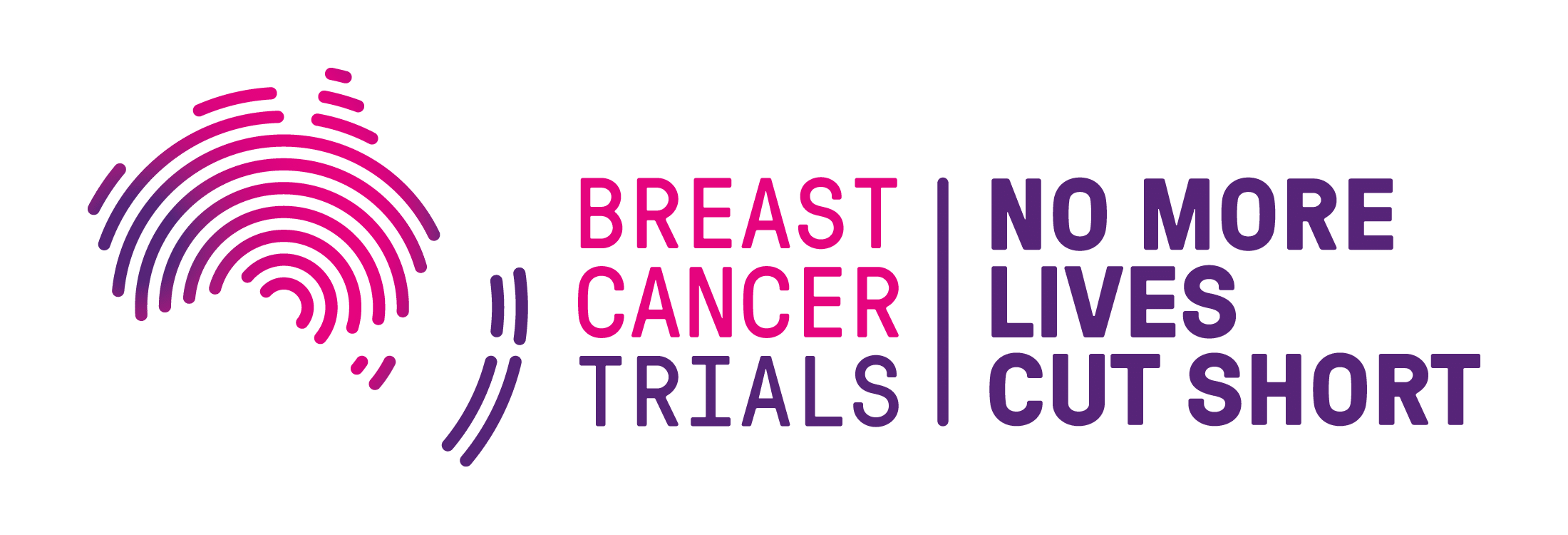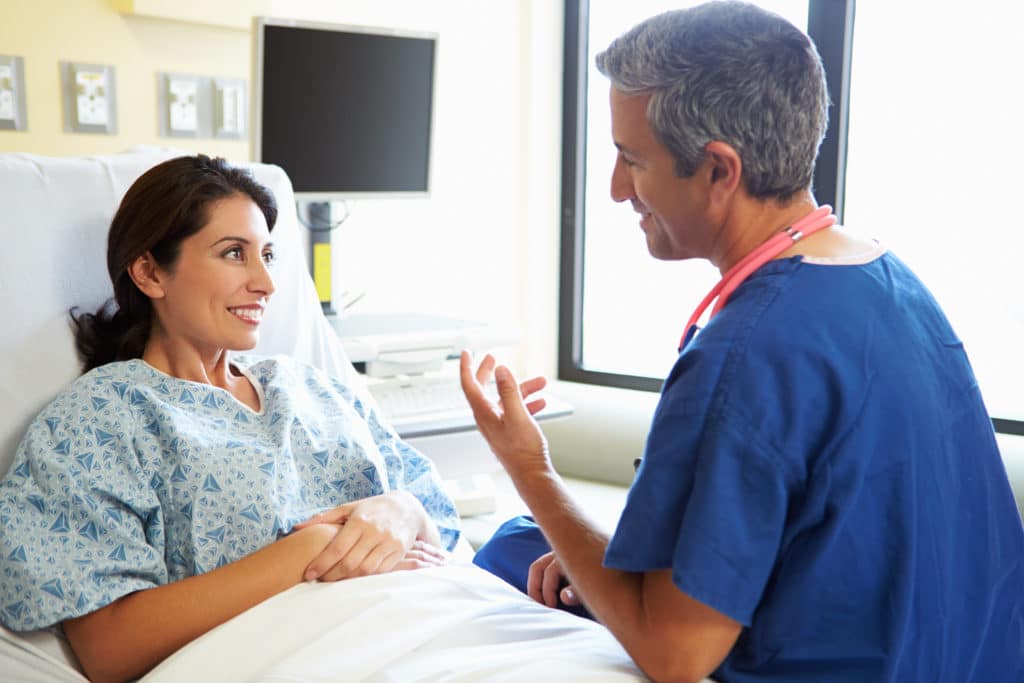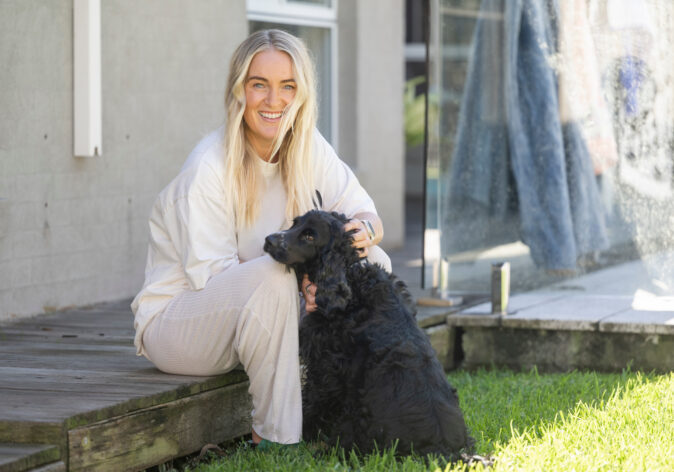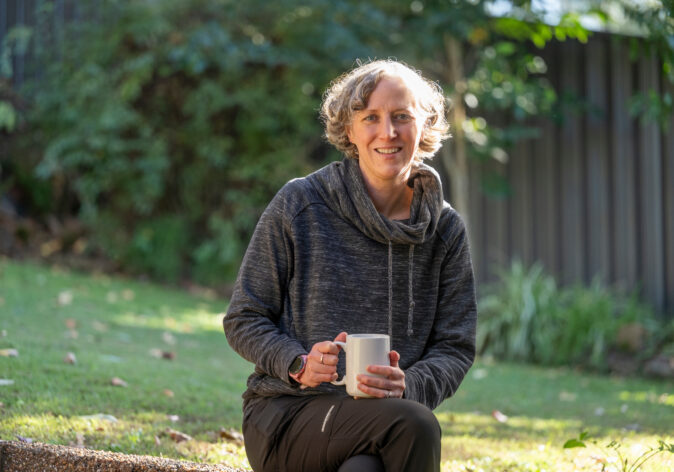Understanding the Likelihood of Breast Cancer Recurrence Rates
Fear of recurrence – that is, the fear your breast cancer will come back – is a common issue facing women who’ve had early stage breast cancer. Fortunately, Australia has one of the best survival rates of breast cancer in the world, with 91% of women surviving at least five years past their diagnosis. New Zealand is not far behind with 88% of women surviving five years past their first diagnosis.
This information may come as a relief for those diagnosed with early stages (stage 1-3) of the disease, as many recurrences appear within five years after the initial treatment, the exception being ER positive breast cancer, as many recurrences will occur after the first five years as within the first five years. The rate of recurrence is not the same for all breast cancer types or patients. Understanding the risk of recurrence for your type of breast cancer may help to ease some anxiety.
What Is Breast Cancer Recurrence?
Breast cancer recurrence means that the cancer was diagnosed when limited to the breast and/or armpit lymph nodes, then treated, and at some time later has come back.
Breast cancer recurrence occurs in three main ways:
- Local recurrence: the breast cancer that was previously treated returns within the breast or armpit lymph nodes.
- New primary breast cancer: an unrelated new breast cancer occurs in one or the other breast.
- Distant recurrence: The previously treated breast cancer returns in other parts of the body, such as the bones, liver or lungs.
Breast cancer recurrence occurs if:
- Cells from the original breast cancer diagnosis break away and hide nearby in the breast (called local recurrence) or spread elsewhere in the body (called distant recurrence); AND
- Treatment, including surgery, chemotherapy, radiotherapy and/or hormone therapy have not gotten rid of all these cancer cells from the body.
These cells can begin to grow right away or can remain dormant for many years before beginning to grow and travel further through the body.
Many breast cancer recurrences are detected in the five years after diagnosis, especially after triple negative breast cancer. However, recurrence can occur more than 20 years after the first diagnosis.
Breast cancer survivors are at risk for developing new cancers for a number of reasons – whatever caused the original cancer could still be having an effect, either on second primaries in the same organ, or on related cancers in other organs. This can be due to genetic predisposition, as is sometimes the case with breast cancer.
What are the Breast Cancer Recurrence Rates for Australia and New Zealand?
Unfortunately, Australia and New Zealand don’t keep track of breast cancer recurrence rates, so it is hard to state the chance of breast cancer returning for the whole population of those diagnosed with breast cancer.
Your individual chance of breast cancer returning depends on a number of factors including the type of breast cancer, tumour size, genetic factors and treatment types.
See more on risk factors for breast cancer recurrence.
What Types of Breast Cancer have the Highest Recurrence Rates?
A study published in the Journal of Clinical Oncology found the rate of recurrence for all breast cancers was highest in the first five years from the initial cancer diagnosis at 10.4%. Specifically, the risk was highest between the first and second years after the initial diagnosis.
During the first five years after the initial diagnosis, patients with oestrogen receptor (ER) positive breast cancer had lower rates of recurrence compared with those with ER negative disease. However, beyond five years, patients with ER positive disease had higher rates of recurrence.
Who Is At Risk Of Breast Cancer Recurrence?
Everyone who has received a breast cancer diagnosis is at risk of recurrence, however the risk differs markedly depending on a number of factors listed below.
- Lower risk recurrence: Some breast cancer, when diagnosed very early when small and without lymph node involvement, have an excellent prognosis and are very unlikely to recur.
- Greater risk of recurrence: Larger cancers, with lymph node involvement or with a more invasive behavior, unfortunately have a higher risk of returning.
What Factors Contribute To The Risk of Breast Cancer Recurrence?
Whilst it is never completely certain that breast cancer has been cured, there are many treatments available that reduce the risk of recurrence. There are also a number of risk factors that can contribute to the rate of breast cancer recurrence.
- Your age at first diagnosis: Younger women, particularly those who had their first diagnosis under the age of 35, have a greater risk of breast cancer. This is because those diagnosed at a young age are more likely to have aggressive features in their breast cancer. Additionally women diagnosed with breast cancer before menopause have a greater risk of recurrence.
- Tumour size: Women who have a larger breast tumour have a greater risk of recurrence.
- Lifestyle factors: Excess weight is associated with a higher risk of postmenopausal breast cancer and is also associated with a higher risk of breast cancer recurrence and death. Smoking has also been shown to increase the risk of recurrence. Women who exercise regularly (at least half an hour per day of moderate intensity exercise, 5 days per week) appear to have a lower rate of breast cancer recurrence.
- Lymph node involvement: If cancer is found in lymph nodes at the time of the original breast cancer diagnosis, there is an increased risk of breast cancer recurrence. This is the strongest prognostic factor, and the more nodes involved, the higher the risk of recurrence.
How Does The BRCA1 or BRCA2 Gene Mutation Affect My Risk Of Breast Cancer Recurrence?
Women with a BRCA1 or BRCA2 gene mutation and who have already been diagnosed with breast cancer, have a higher-than-average chance of new primary breast cancers than those without this genetic mutation. The rate of local or distant recurrence depends on the type and stage of the original breast cancer, and is no different from a non-BRCA-mutated breast cancer.
For women with a BRCA1 or BRCA2 gene mutation, the rate of contralateral breast cancer, or cancer in the opposite breast to the original cancer, 10 years after diagnosis of the first cancer is about 10-30 percent, compared to about 5-10 percent for women diagnosed with breast cancer who do not have a BRCA1 or BRCA2 gene mutation.
Women who have a BRCA1 or BRCA2 gene mutation and have received a breast cancer diagnosis should talk to their treatment team about their options to reduce their risk of breast cancer recurrence.
What Are The Signs Of Breast Cancer Recurrence?
If you have a local recurrence or new primary breast cancer, you may find symptoms similar to an initial breast cancer.
These include:
- A new lump in the breast, armpit area or around the collarbone
- A change in breast size or shape
- Changes to the nipple, such as sores or crusting, an ulcer or inverted nipple
- Clear or bloody nipple discharge
- Changes to the skin including redness, puckering or dimpling (an ‘orange peel’ appearance)
- Breast tenderness or pain
If your breast cancer has spread to other parts to the body, known as distant recurrence, there are a number of possible symptoms, including:
- Fatigue
- Breathlessness
- Pain in your bones
- Unexpected weight loss or change in appetite
- Severe or ongoing headaches
- Nausea
However, symptoms will vary depending on where the secondary cancer presents, and some primary and secondary cancers may not present any obvious symptoms. Sometimes breast cancer recurrence is identified on a scan or blood test that was done for a reason other than the cancer itself.
If you have any health concerns or symptoms that are new or persistent, speak with your GP or treating physician.
Should I Have Scans Or Blood Tests To Check For Breast Cancer?
After a diagnosis of early stage breast cancer, any remaining breast tissue should be evaluated with scans (such as mammogram or ultrasound) regularly. The frequency is often annually but is best discussed with your specialist(s).
Current guidelines and evidence recommend against routine CT or bone scans, or blood tests, to look for recurrence of cancer in patients who do not have any symptoms or other concerns that need to be followed up on. These tests have not been shown to improve outcomes and cause unnecessary ‘scanxiety’. If you do have concerning symptoms (such as those mentioned above), then you should bring them to the attention of your healthcare team to be checked out.
Am I Still At Risk Of Breast Cancer Recurrence If I Have Had A Mastectomy?
Yes. You are still at risk of breast cancer recurrence if you have had a bilateral mastectomy (surgical removal of both breasts). Undergoing a bilateral mastectomy drastically reduces your chances of local or contralateral breast cancer recurrence as almost all of the breast tissue has been removed. However, there is still a chance that residual breast tissue or cancer cells could recur on the chest wall.
If you have had a single mastectomy (surgical removal of one breast), you are still at risk of developing cancer in the breast that remains.
It must be noted that having a mastectomy or bi-lateral mastectomy does not reduce your risk of developing cancer in other parts of your body (distant recurrence).
How Can I Prevent Breast Cancer Recurrence?
There is no definitive way to prevent breast cancer from coming back. However, treatments such as surgery, chemotherapy, radiotherapy, targeted therapy (eg trastuzumab for HER2-positive breast cancer) and/or hormone therapy (for hormone receptor positive breast cancer) do reduce the risk of recurrence, depending on the type and stage of the cancer. These can be discussed with your treatment team.
Understanding the risk factors for breast cancer recurrence and participating in regular breast screening through BreastScreen in Australia and BreastScreen Aotearoa in New Zealand can help to pick up any breast changes. Discussion with your healthcare team can help to catch any changes or abnormalities early and act on them.



